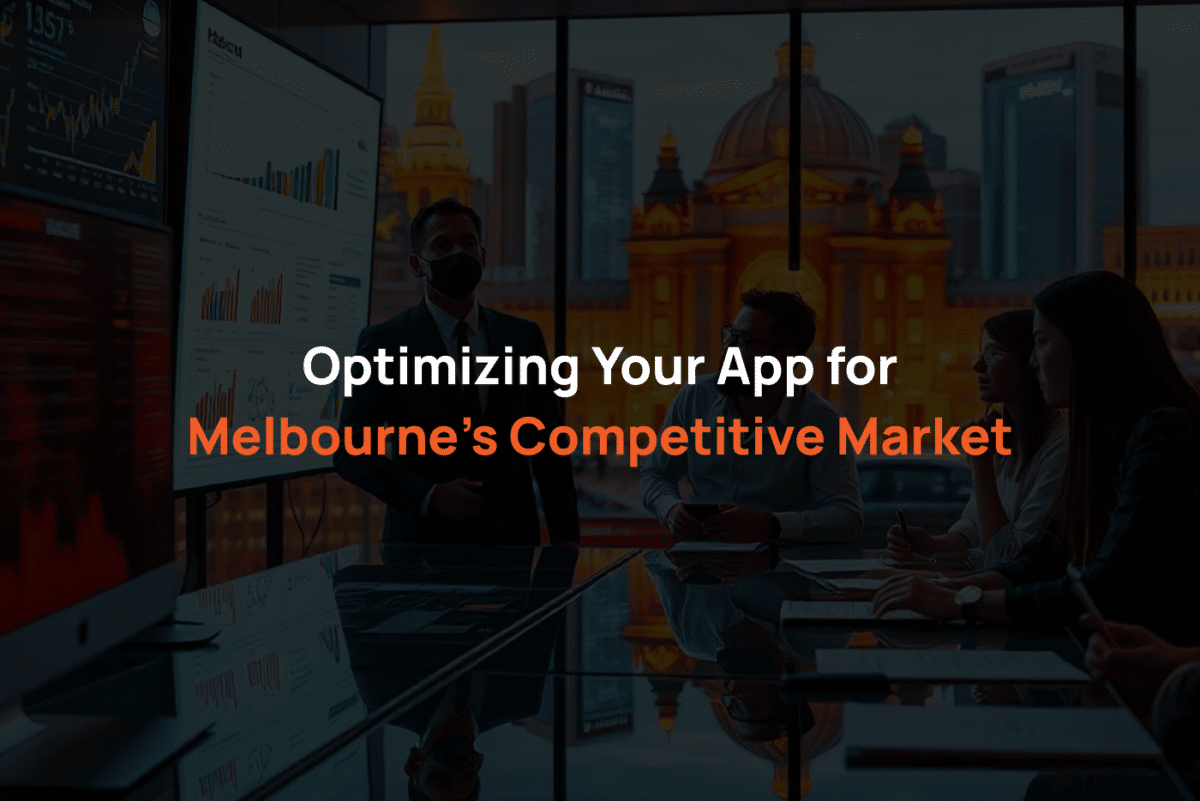Contact Us
If you have made it this far, you are here with a reason. You need our help! We are super friendly and genuinely care to help you succeed.
Enquire today to receive a FREE consultation with an App Guru.
Get in Touch
info [at] appgurus.com.au
Mobile apps have become an integral part of our daily lives, and the competition in the app market is fierce. Thousands of new apps are being launched daily, and it can be challenging for developers to make their apps stand out. That's where mobile app marketing comes in.
The Ultimate Mobile App Marketing Playbook is a comprehensive guide to developing a compound strategy for sustainable growth. Mobile app marketing is essential to any successful app launch. Using a compound strategy combining multiple tactics, you can achieve sustainable growth and build a loyal user base. Let’s explore each of the tactics in more detail and explain how you can use them to achieve success.
Identify Your Target Audience
The first step in any mobile app marketing strategy is identifying your target audience. Who is your app for? What problems does it solve? What features does it offer? Understanding your audience's needs and preferences will help create a more targeted and effective marketing campaign.
To identify your target audience, analyze your app's features and benefits. What value does it offer to your users? Once you've placed your app's unique selling proposition (USP), you can use tools like Google Analytics and App Annie to gather data on user demographics, interests, and behaviour.
Use this information to create buyer personas, fictional representations of your ideal users. These personas should include age, gender, location, occupation, and interests. Once you've identified your target audience, you can tailor your marketing messages to their needs and preferences.
App Store Optimization (ASO)
ASO is optimizing your app's listing in the app store to increase visibility and downloads. This involves optimizing your app title, description, keywords, and images. Optimizing these elements can improve your app's visibility in the app store and attract more downloads.
To optimize your app's listing:
- Start by researching keywords related to your app's features and benefits.
- Use these keywords in your app title, description, and metadata to make it easier for users to find your app.
- Use clear and concise language that accurately describes your app's value proposition.
In addition to optimizing your metadata, you should also focus on creating eye-catching app icons and screenshots. Your app icon should be simple, memorable, and reflective of your app's features and benefits. Your screenshots should showcase your app's key features and benefits and include captions that explain how your app works.
Paid Advertising
Paid advertising is another effective tactic for promoting your mobile app. You can use platforms like Google AdWords, Facebook Ads, and Twitter Ads to target your audience and drive downloads. Paid advertising can be expensive, but it can be an effective way to quickly get your app in front of a large audience.
To create a successful paid advertising campaign, set a budget and define your campaign goals. Do you want to drive downloads, increase app engagement, or promote a specific feature? Use this information to create ad copy and visuals that align with your campaign goals.
When targeting your audience, use the data you gathered during the audience research phase to create custom audiences. These audiences should be based on age, gender, location, and interests. You can also use lookalike audiences to find users similar to your existing users.
Social Media Marketing
Social media marketing is an excellent way to build brand awareness and engage your audience. You can use platforms like Facebook, Twitter, and Instagram to share updates about your app, offer promotions and discounts, and respond to customer feedback. Social media can also be a powerful tool for building a community around your app.
To create a successful social media marketing campaign, define your goals and create a content calendar. Your content should be tailored to your target audience and aligned with your brand's tone and voice. Use images and videos to make your posts more engaging and interactive.
Influencer Marketing
Influencer marketing involves partnering with influencers to promote your app to their followers. Influencers can be bloggers, YouTubers, or social media personalities with a large following. By partnering with influencers, you can tap into their audience and promote your app to a new audience.
Content Marketing
Content marketing involves creating valuable content that attracts and engages your target audience. You can use blog posts, infographics, videos, and other types of content to educate your audience about your app and its features. By creating valuable content, you can establish yourself as an authority in your niche and attract more downloads.
Referral Marketing
Referral marketing incentivizes your existing users to refer their friends to your app. You can offer rewards, such as discounts or in-app credits, to users who refer their friends. Referral marketing can be an effective way to increase downloads and build a loyal user base.
App Updates and Maintenance
It's essential to keep your app updated and maintained. This involves fixing bugs, improving performance, and adding new features. You can retain and attract new users by keeping your app up to date.


